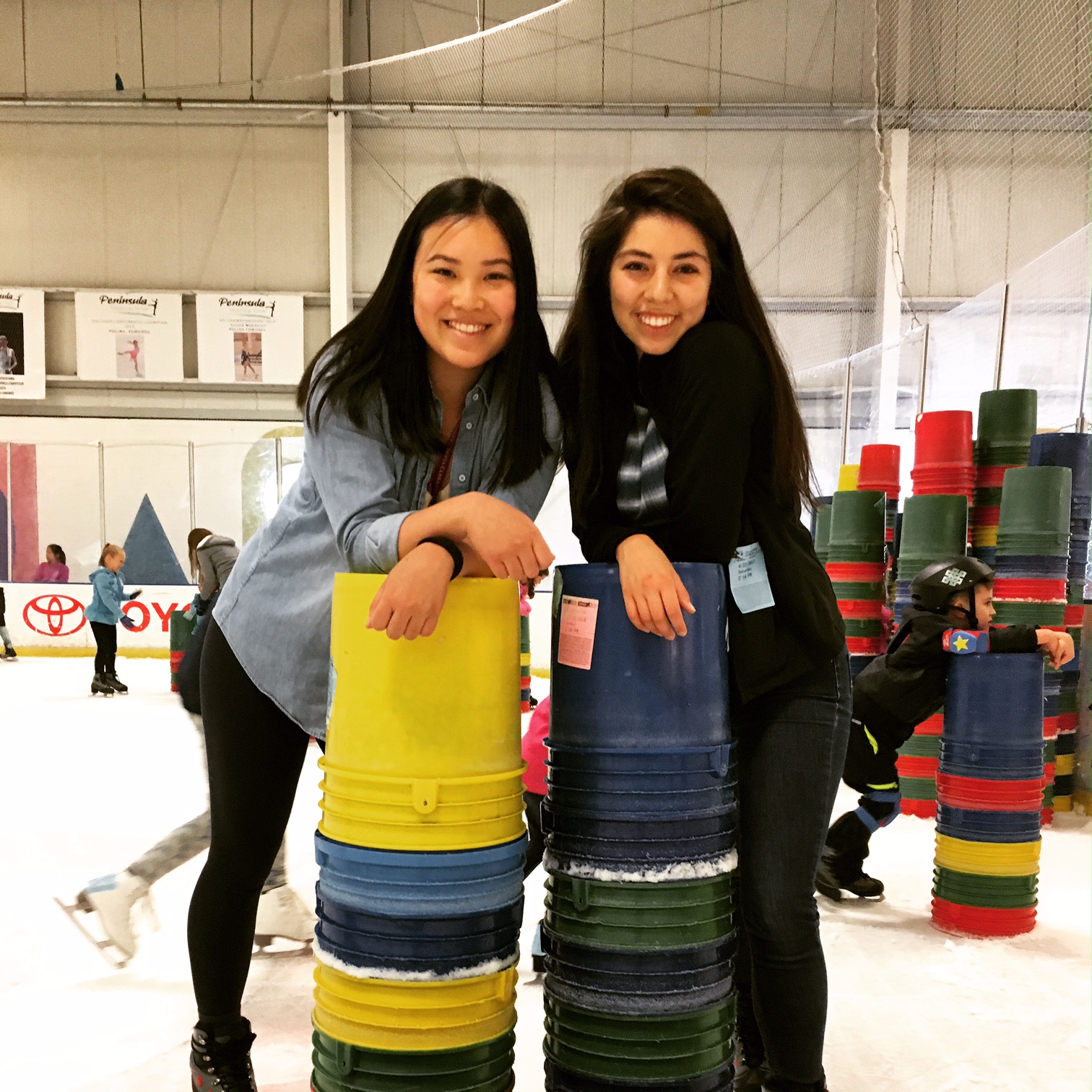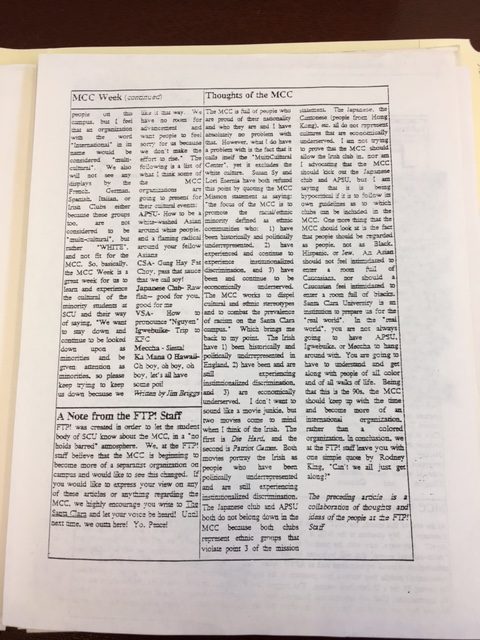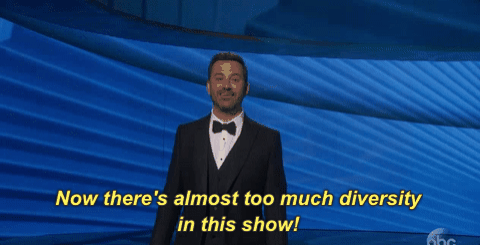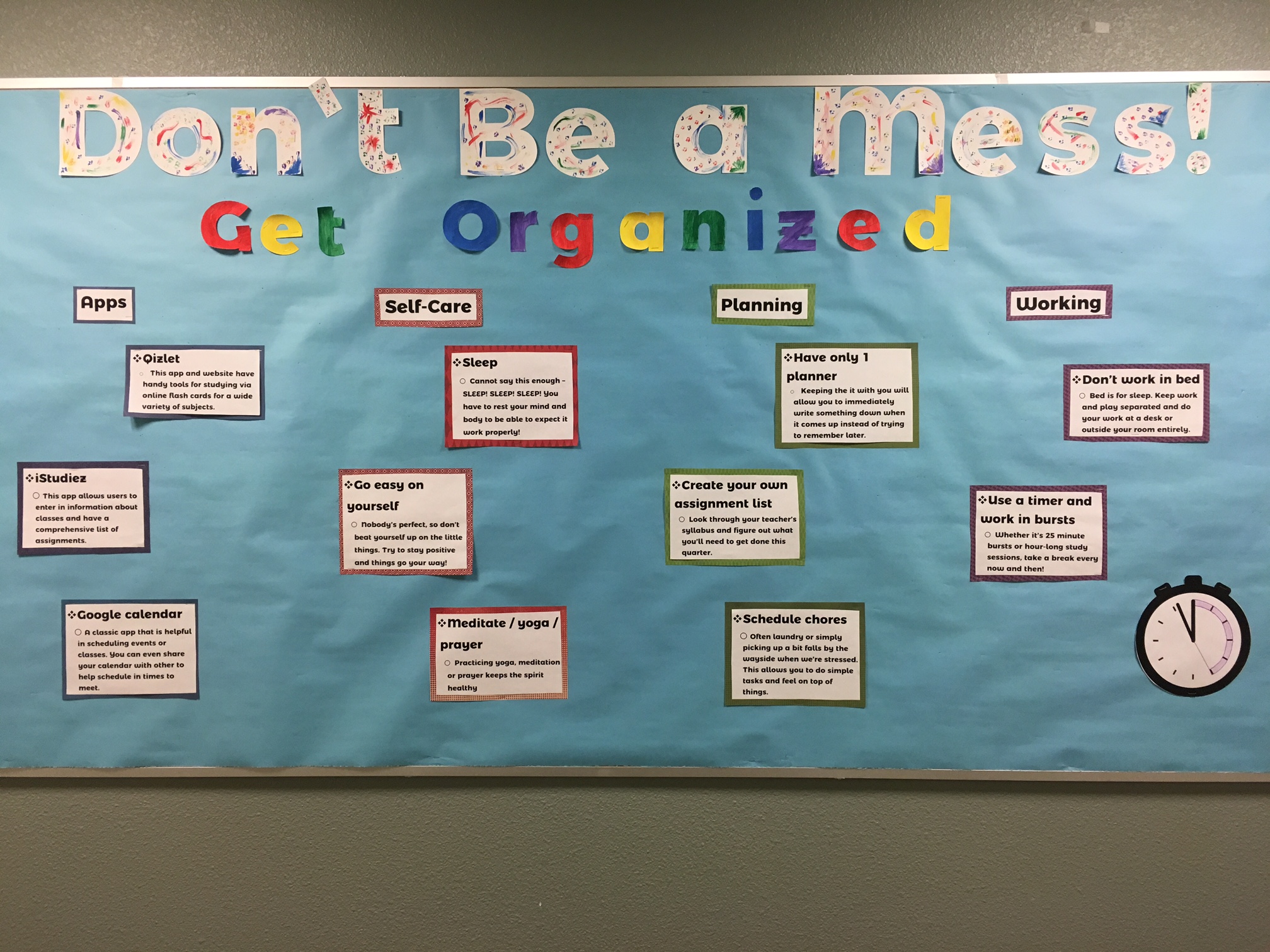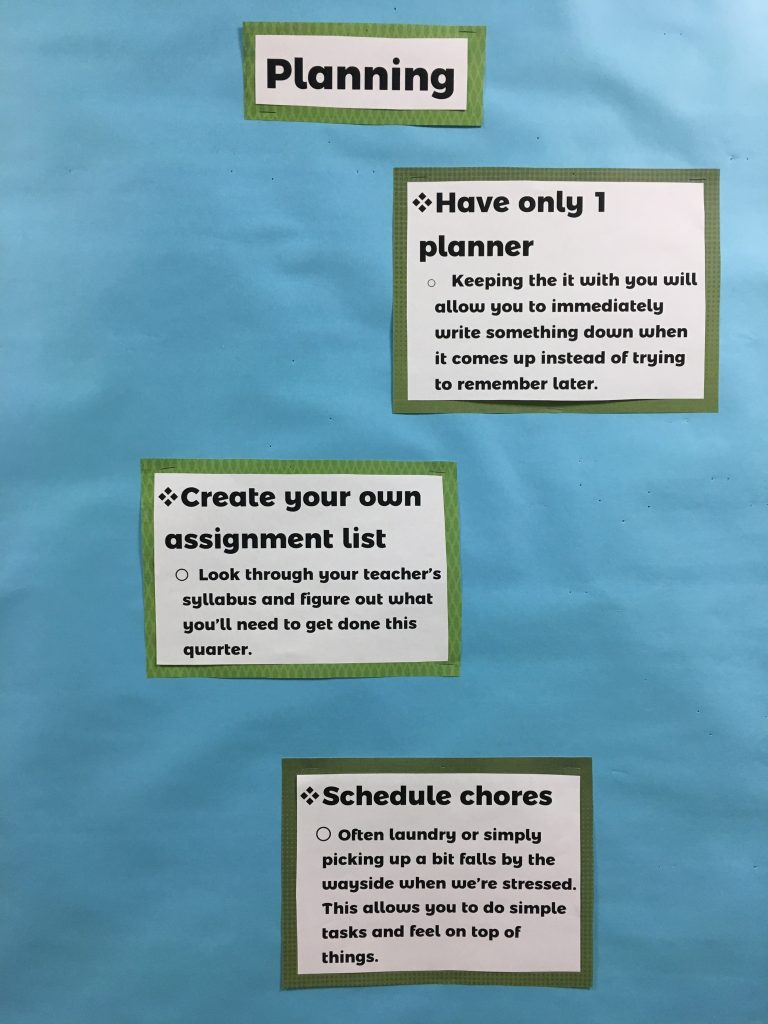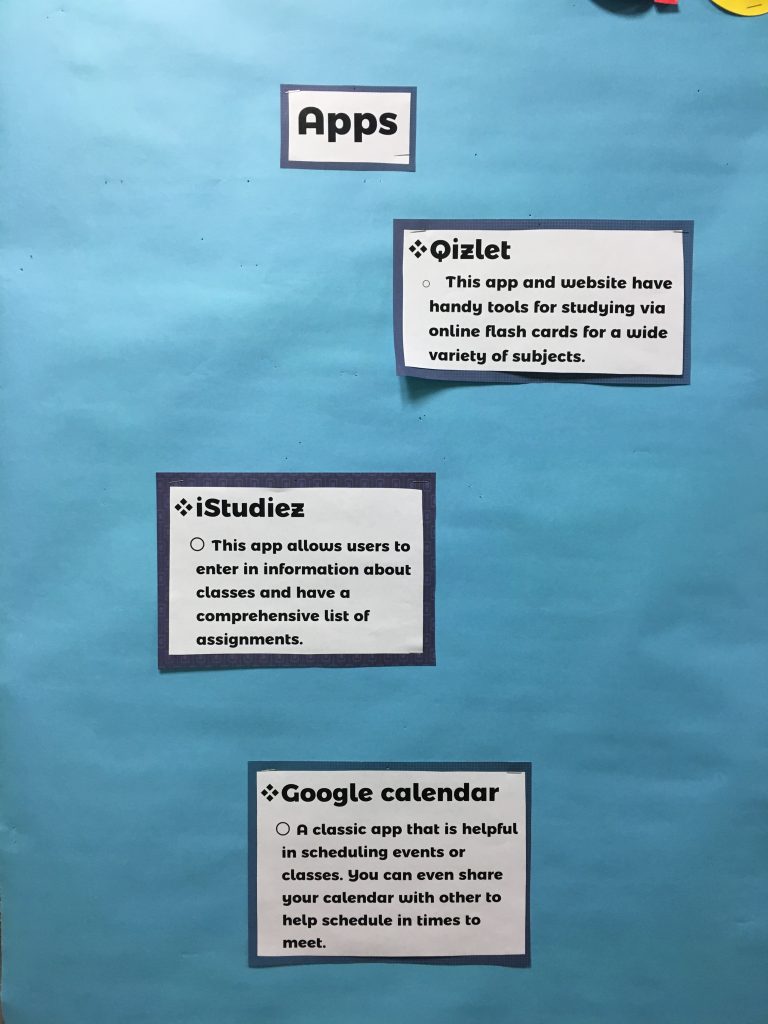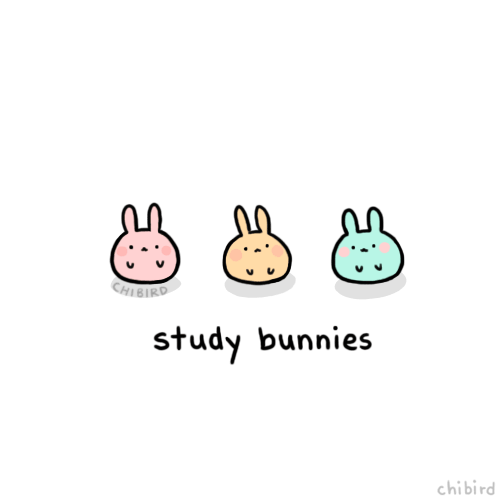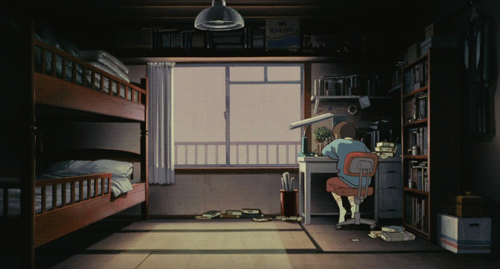What’s This All About???
Welcome to May or better known as Asian Pacific Islander Desi American Heritage Month! (Wow, that’s a long name.) For the entire month, Santa Clara University’s Office of Multicultural Learning and Multicultural Center will be enjoying Asian heritage through various events on and off campus.

APIDA Community Dinner
This past Thursday, I attended the first event on the calendar. Actually, it was the first APIDA event EVER, but we’ll get into that later on. Packed with around 60 students and faculty, the room was filled with laughter, happiness, and excitement as individual tables engaged in different activities. For example, we each had posters to write our hopes and dreams for more awareness and inclusion of APIDA students on campus. Presenting them, every table was enthusiastic and truly passionate about their identities and helping the identities of others. Also, the posters were cute.
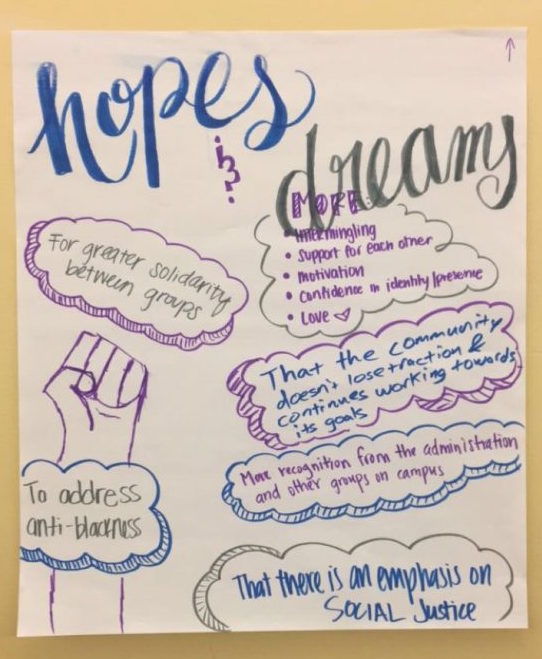
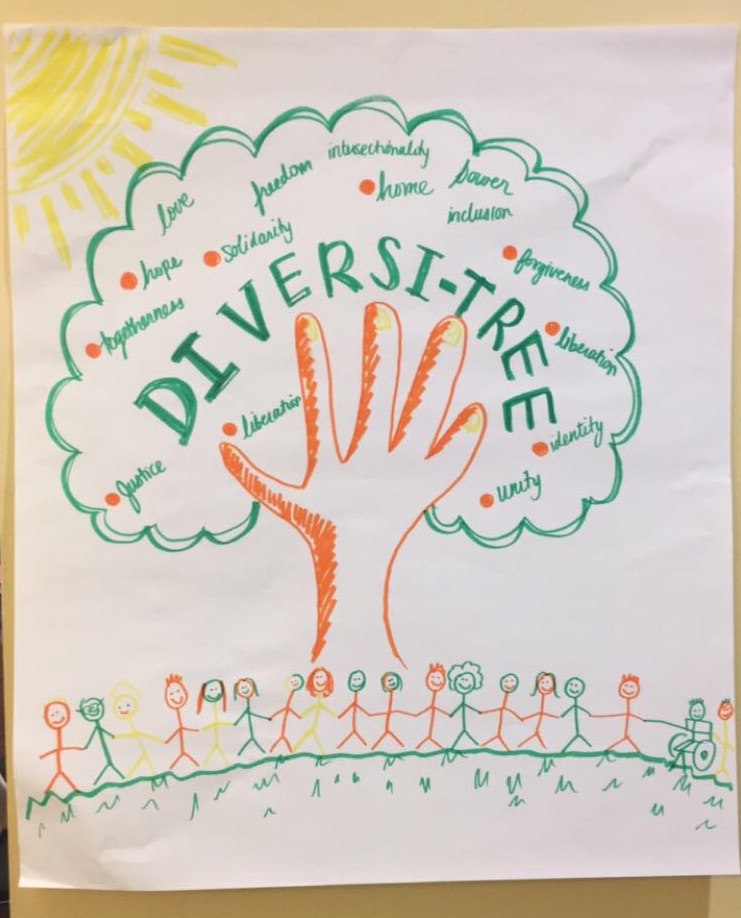
Besides this and having somewhat better food than Benson, we heard Dr. Valerie Francisco-Menchavez, a Scholar-Activist and SFSU Professor, give a presentation on the history of Asian model minorities and how we have progressed from that. Lighthearted yet meaningful, she introduced interesting perspectives of the situations Asian Americans today face. For example, she mentioned the Cambodian Town of Long Beach, California that had one of the lowest high school dropout rates in the country. This is true despite the fact that Asian Americans are the most educated, high-income group in the U.S. Bringing up issues like this, Francisco-Menchavez demonstrated how Asian Americans are easily misrepresented and still need awareness and most importantly, help.

My Takeaway
Although initially unsure about attending, I’m extremely grateful and glad that I did because I learned so much about not only what my peers face but also what Asian Americans in general face in terms of exclusion, racism, and mistreatment. Hearing the students talk about their experiences revealed my misconception of Santa Clara University as a somewhat diverse community, or at least aware and educated about diversity. The injustices that my peers talked about that occurred on campus broke my heart, not because they were also Asian but because it is something that should happen to no one.
Speaking to others at my table, I realized that many micro-aggressions occur on campus, often without us realizing. A Community Facilitator in San Filippo and member of many MCC clubs, Maddie brought up the fact that even Benson participates in cultural appropriation, making vaguely Asian dishes as the daily special or putting up Japanese lanterns and decorations for Lunar New Year (usually celebrated by Chinese and South Asian cultures), a week after it occurred. Looking back to when I saw these, I remember thinking, “Oh, at least they’re trying”. But, Maddie brought up a key point that the inaccuracy of such actions still affected her negatively, making her feel stereotyped and lumped into an “Asian” group.
Despite all of this, I am proud that students and faculty have coordinated this entire month dedicated to APIDA heritage to bring light to the issues and how to effectively address them. Yet, the fact that this is the first year in the entire existence of SCU that this month is being celebrated disappoints and pains me. It has taken Santa Clara University 27 years to finally celebrate APIDA month since its establishment in 1990. However, they said its better late than never and I am thankful for all the students and faculty who worked to make this happen.
Thanks for reading and I hope to see you at APIDA month events!








